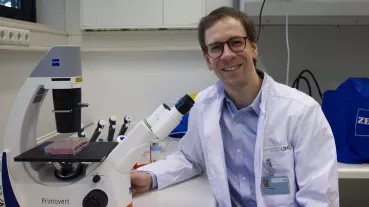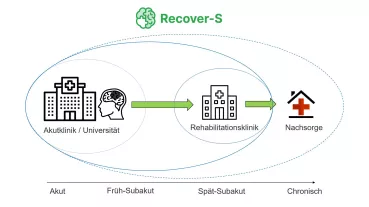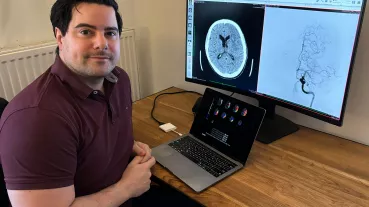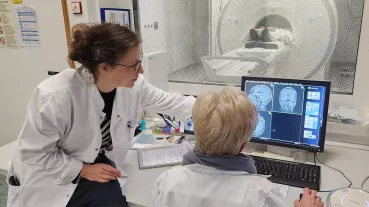Does sex have an influence on glioma growth and is this due to the intrinsic properties of the glioma cells or the tissue environment?

Glioblastoma multiforme WHO °IV (GBM) is the most frequent primary brain tumor in adults and has a devastating prognosis. Men develop GBM more frequently and have a shorter survival. The reasons for this are currently unknown and to date, there are no sex-specific therapeutic approaches. 30-40% of cells in a GBM consist of tumor associated microglia and macrophages.
These cells are known to have a huge impact on tumorigenesis and tumor progression. In recent publications, specific differences between male and female microglia were described under healthy conditions. The study described in the following proposal aims at investigating the sex-specific influence of microglia on glioblastoma growth and invasiveness, using murine glioma models, ex-vivo brain slice approaches, human tumor material and a battery of functional assays to characterize tumor associated myeloid cells (TAMs) and to evaluate, whether known pathways of interaction between TAMs and glioma cells show sex-specific differences.
We will address the question whether sex-specific differences in glioma growth are related to intrinsic properties of the tumor cells or to the tissue environment, including TAMs. We also will test the effect of different chemotherapeutics on female and male TAMs and corresponding murine and human glioblastoma.
Here you can get further information.







